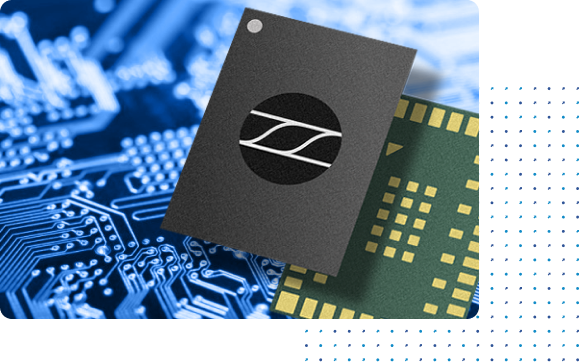TeraSignal, the photonics specialist, has announced an intelligent re-driver device for scaling AI bandwidth in data centers.
The TS8401/02 intelligent 400G (4x100G) PAM4 modulator driver claims to be the industry’s first CMOS IC with digital link training and link monitoring for 800G linear pluggable optical (LPO) modules.

“TeraSignal’s intelligent CMOS solution for LPO modules redefines high-speed interconnects, merging low latency and power efficiency with unmatched link performance measurement capabilities, diagnostics, and quick time to market,” said Dr. Armond Hairapetian, founder and CEO of TeraSignal. “We are committed to delivering IRD solutions with superior performance over both fiber and copper interconnects. By incorporating intelligence within the re-driver, we have introduced a new class of AI-centric CMOS devices that offer DSP-like features with significantly lower power and the lowest possible latency, setting a new industry standard for high-speed interconnects.”
The device sets out to address the limitations of traditional LPO modules, which unlike DSP-based re-timers, have lacked the capabilities for automatic adaptation, digital link monitoring and link training, making them challenging to integrate, interoperate, and deploy efficiently.
By leveraging the existing MCU in the LPO module, the TS8401/02 automates essential adjustments and introduces link diagnostics and link accountability, transforming LPO modules into adaptive link optimising systems.
Central to the TS8401/02 IRD’s design is its intelligent monitoring, diagnostics, and automation capabilities.
It features a digital eye monitor for real-time link performance measurements and link training with host SerDes, for optical module performance and reliability. This facilitates a closed-loop system that both identifies and rectifies link issues in real time, ensuring uninterrupted transmission across the board.
The CMOS implementation claims to reduce power consumption by as much as 50% compared to SiGe devices and supports link reliability and performance through statistical link monitoring and adaptive control capabilities.
